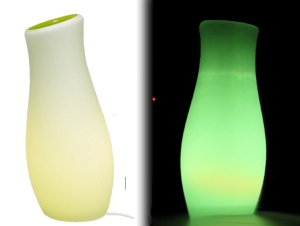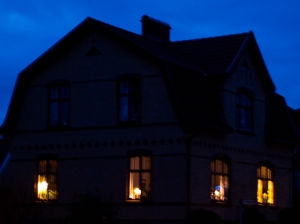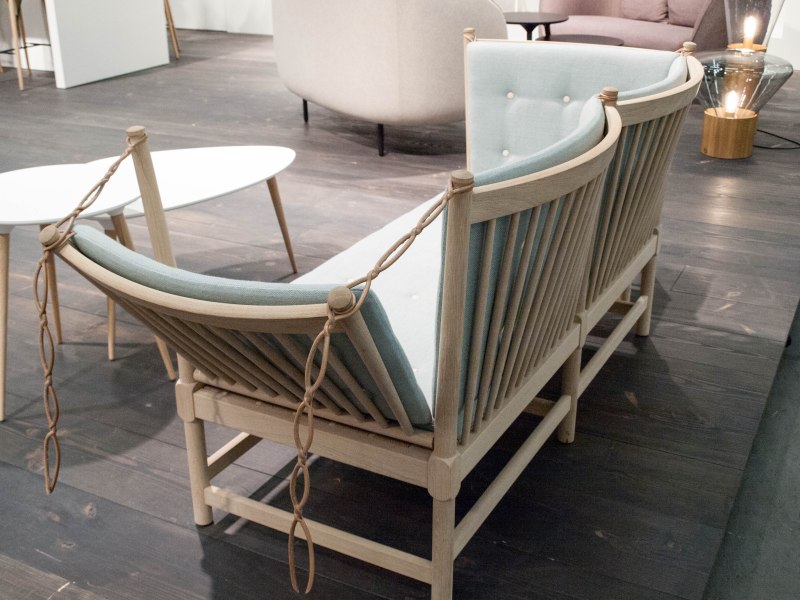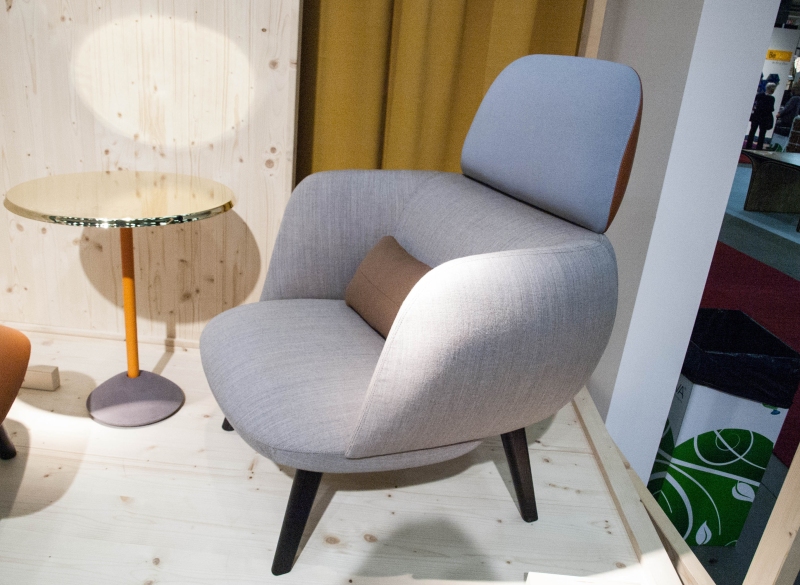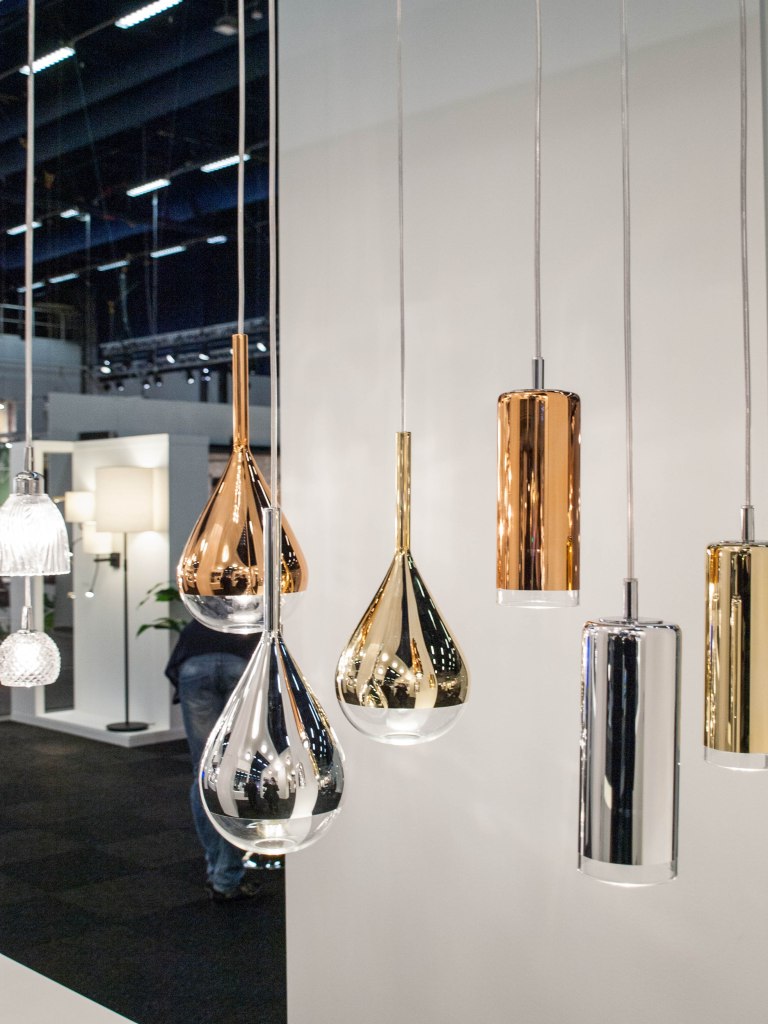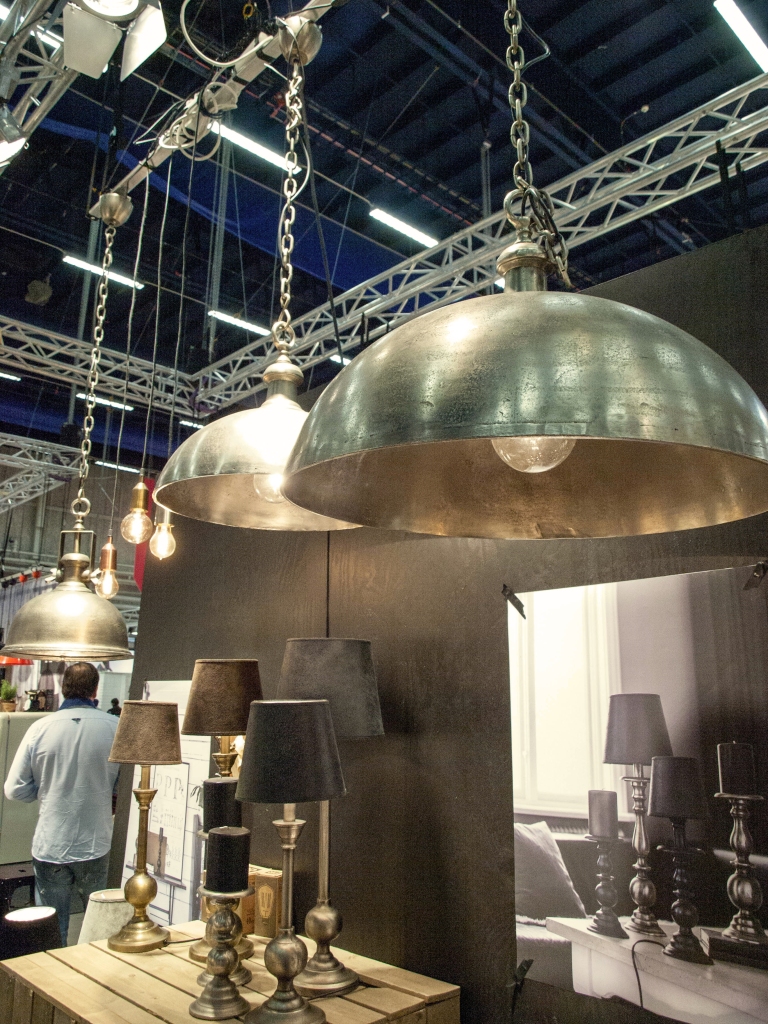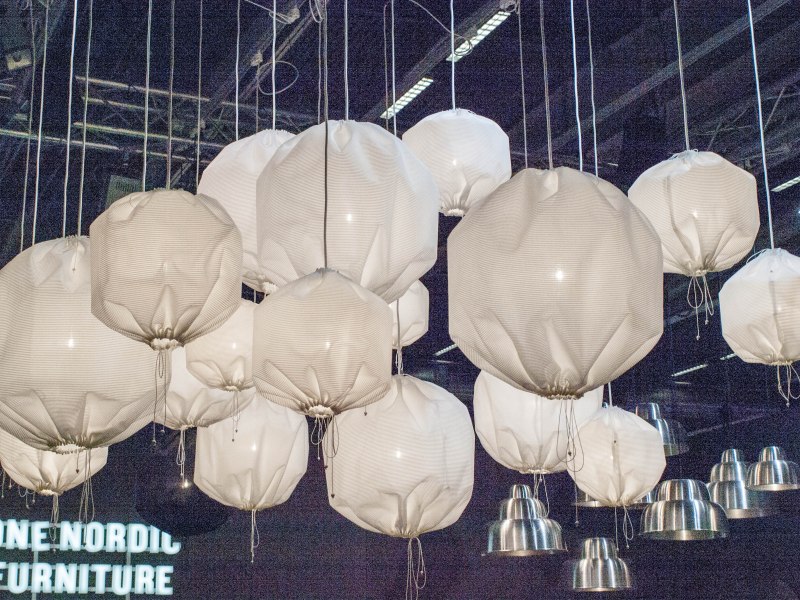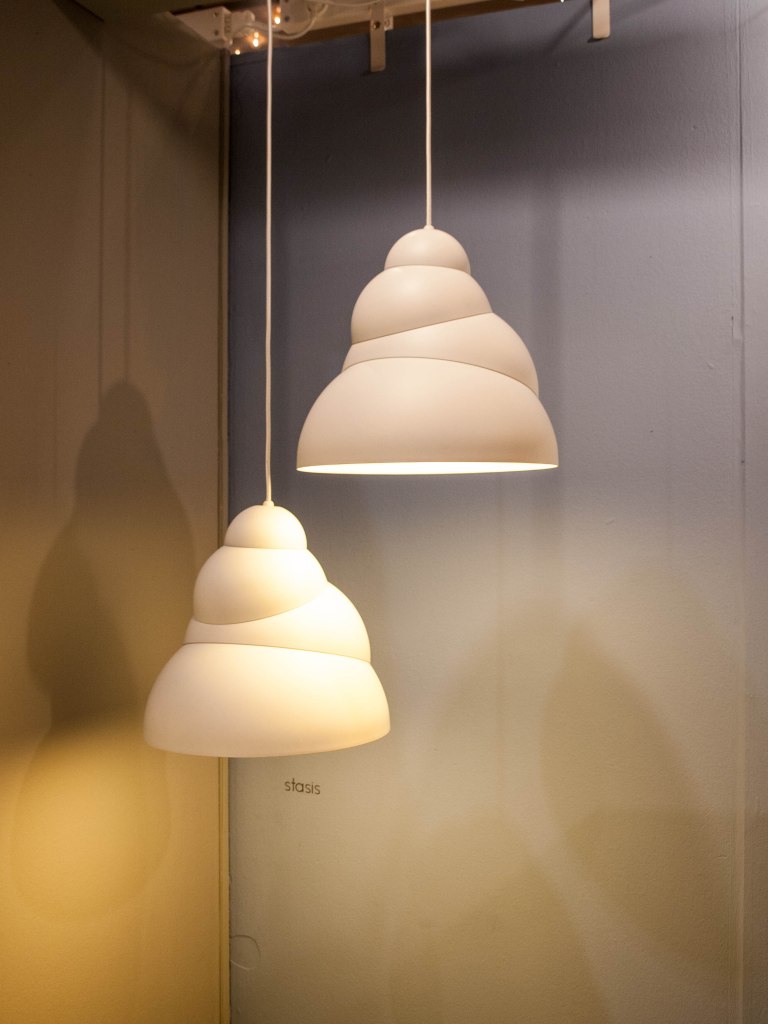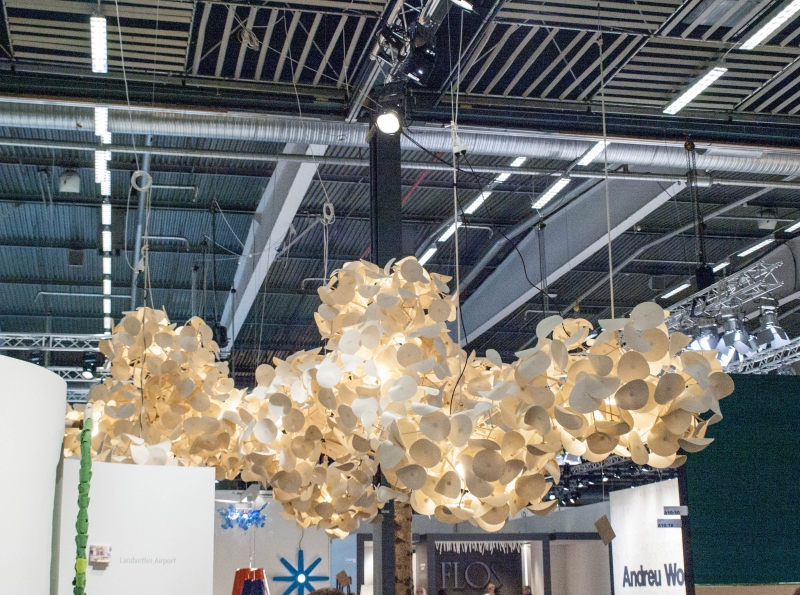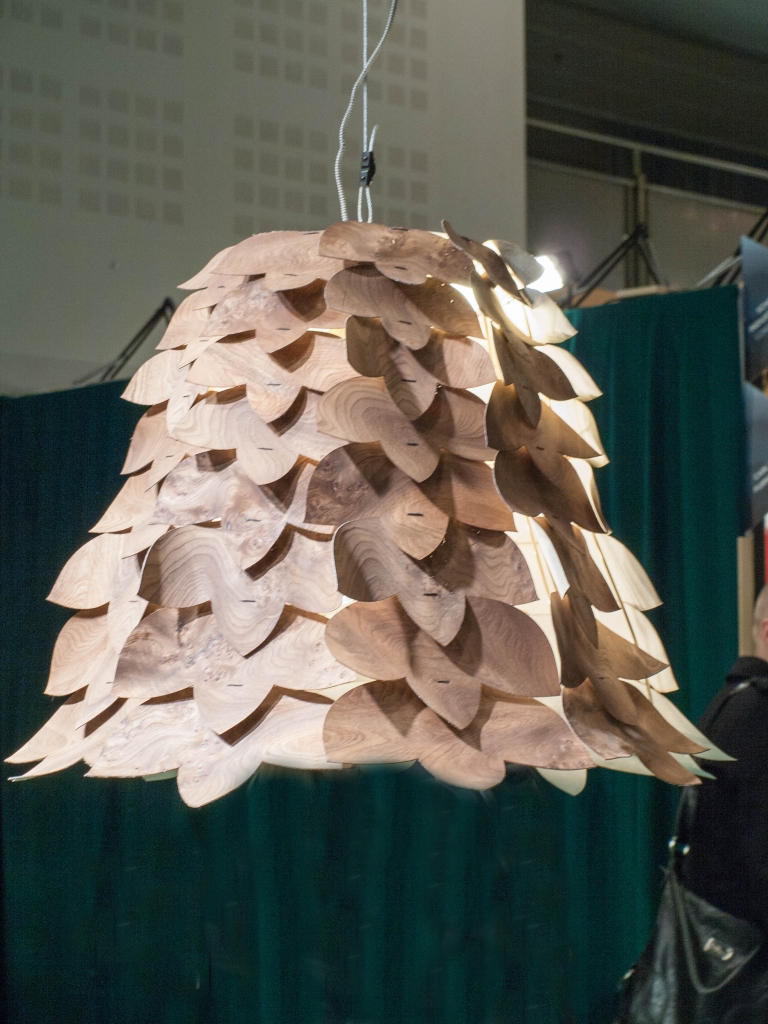
Dessert says a lot about a place and its people.
Hints about attitudes toward leisure, pleasure, and extravagance are revealed by the time, care and resources a country dedicates to what some people might call a non-essential food group. (Note: I am not one of those people.) A region’s finest fruits are proudly featured in tarts and pies, and the best of the season’s produce and cream are often the foundation of beloved holiday sweets.
It’s with good reason that the French speak of their madeleines; sweet things are the stuff of childhood, and memories of gatherings with loved ones take on an extra sparkle when seen through a veil of sugar. Behind every cherished cake recipe are the histories of countless grandmothers setting down stools to help little ones stir the batter. All this can be sensed when you first taste the specialty of the region you’re in.
So a good bakery is one of the first things I look for when I arrive in a new city. (Anything in the name of research.) When I walked into my first bakery in Sweden, my eye was immediately drawn to rows upon rows of enormous cream puffs. Seeing as this was a small town on a Tuesday, I was baffled by the sheer number and sorry for the poor soul who would be left with the ones at the back, no doubt many days later. Or so I thought.
It turns out that this baseball-sized confection, called a semla, is serious business in Sweden, and those I saw in the konditori that day likely sold out long before the doors shut for the evening. The average Swede eats five of these traditional Easter pastries every year, so I definitely have some catching up to do.
The size of the semla makes a little more sense once you get the chance to taste it. It’s not so much a cream puff as a cream bun. The bread is soft and light; a little like what you’d find in a homemade cinnamon roll or hot cross bun. The creamy filling is not the heavy, solid mass you get in a lot of similar-looking North American treats. Instead, it’s a delicate, only-just-sweet whipped cream flavored with cardamom to give it depth. Between the bread and the cream is a thin, subtle layer of marzipan that adds a little richness without overpowering the flavor.
Nothing I write could convey to you how delicious this is, and I can definitely see why they’re advertised on big signs outside every place that sells them. At our bakery in Älmhult, they even get their very own bags.
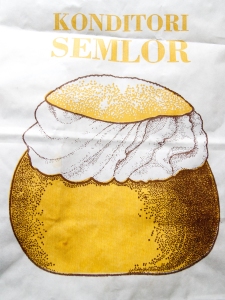
The plural form of semla is semlor, which sounds to me like the name of a villain in the Lord of the Rings. (Semlor. WE MEET AGAIN…) Hardcore traditionalists are said to eat semlor by placing them in a bowl and pouring hot milk overtop. I’ve been assured this is delicious, but I can’t bring myself to do it. (Wouldn’t the milk melt away all the whipped cream?)
If you’re looking for something a little different to serve your sweetie pie this Valentine’s Day, I’ve included a recipe for semlor here. Who knows? It may even win you a princess.
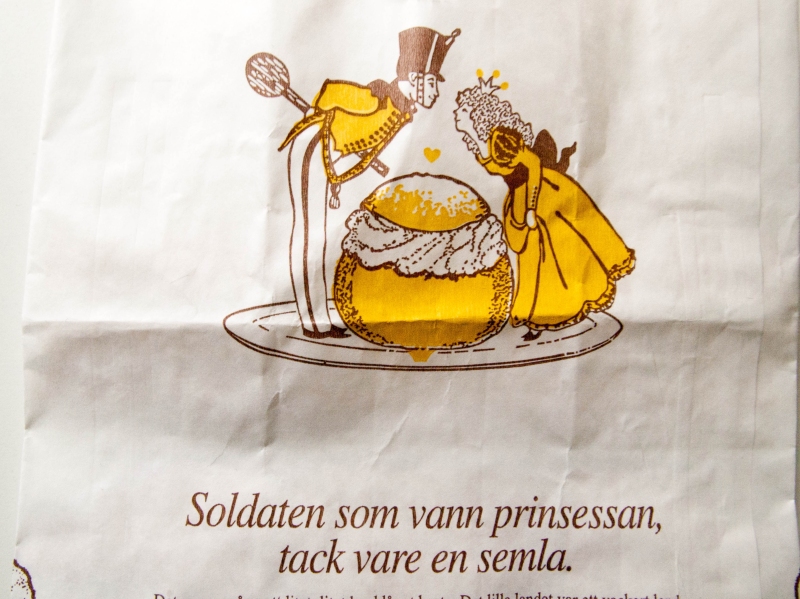

Semlor (recipe from Ewa at delishhh.com)
Yield: 16-20 buns
Total Time: 2 hours
6 tbsp butter
1 cup milk
1 packet dry yeast or 50g of fresh yeast
1 pinch salt
3 tbsp sugar
3 cups flour
1 tsp cardamom
2 eggs, beaten (one for brushing)
Filling:
10 oz. almond paste (recipe below)
1/2 cup milk (only if you are using store-bought almond paste)
1 1/2 cup whipping cream
confectioners (icing) sugar
Almond paste:
3/4 cups almonds or 3/4 cups almond meal (you can get this at Trader Joe’s or any organic food store)
1/2 cup milk
1/2 cup sugar
Melt the butter in a saucepan, pour in the milk, and heat until lukewarm (99° F). Pour the yeast in a bowl (crumble the yeast if using fresh), and stir in a little of the warm butter-milk mixture until the yeast is completely dissolved. Add the rest of the butter/milk mixture, 1 egg, salt, sugar, cardamom and most of the flour (save some for kneading). Work the dough. It should loosen from the edges of the bowl.
Allow the dough to rise under a towel/cloth for 40 minutes. Sprinkle remaining flour on the counter, place the dough there and knead a few minutes, getting rid of any air pockets. Roll the dough into one big ball. Divide into 16-20 pieces. Make each piece into a round ball and place on a baking sheet with parchment paper. Allow buns to rise for 30 minutes.
Preheat the oven to 440° F.
Brush the buns with the beaten egg and bake them for about 10 minutes in the middle of the oven or until golden brown. Let them cool on an oven rack under a towel/cloth.
Once cooled, cut off the very top of each bun. With your fingers, scoop out the insides and put them in a bowl.
If you don’t have store-bought almond paste, this is a good time to make it. Warm the milk and pour it, together with the almonds/almond meal, sugar, and the insides of the buns into a food processor to make a nice smooth paste. The warm milk will melt the sugar.
If you have store-bought almond paste, crumble it into a food processor, add the insides of the buns, and process with a little milk to make a smooth paste.
Put the almond filling into the buns. Whip the cream and put a large dollop in every bun. Put the tops back on and sift some confectioners’ sugar overtop.
Eat as is, or serve in a bowl with warm milk

